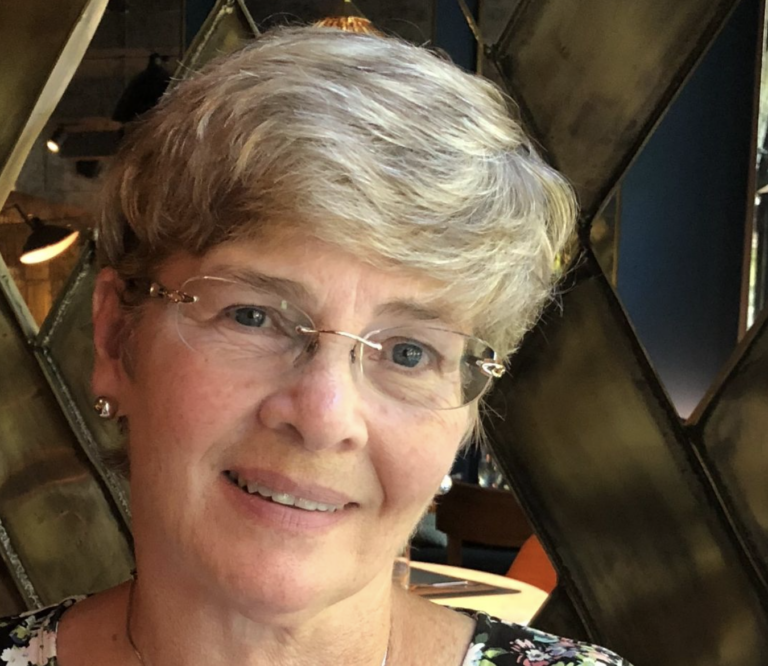For the past 23 years, ReSurge has had the honor of working with Dr. Goran Jovic, one of the only reconstructive surgeons in Zambia. A ReSurge Surgical Outreach Partner, Dr. Jovic has performed over 13,000 surgeries, transforming the lives of so many in need. However, one of the most unique skills Dr. Jovic possesses has nothing to do with his medical skills. He is also a pilot! He successfully combines his flight and medical talents by flying into remote areas of Zambia to treat underserved patients and to train doctors and surgeons in these rural territories. We recently interviewed Dr. Jovic on his background and career:
Tell me a little about yourself and your background.
I left Yugoslavia in 1992 because of the war. From Yugoslavia I went to Malaysia, then moved to Zimbabwe for a job offer. However, when I arrived, they informed me it was only a volunteer position. Hoping I would be hired eventually, I volunteered for two months together with local plastic and reconstructive surgeons. Unfortunately, the job offer never transpired. In December of 1992, I came to Zambia. Within days, I had a job. My intention was to stay for two years. It’s now been 30 years!
Why did you decide to pursue training in reconstructive surgery in particular?
I wanted to be a doctor since I was four or five years old. During medical school, I was immediately drawn to trauma surgery, but there were very few spots available. However, there was a job opening in reconstructive surgery at the hospital where I was working. I applied, accepted it and I never regretted it. It’s a wonderful specialty. I didn’t seek it out, but the opportunity presented itself to me.
How did you become involved with ReSurge?
In 1999, I didn’t have any means to travel and attend medical conferences to help further my training. I searched online for funding opportunities and reached out to many contacts and organizations by email. A board member from ReSurge read one of these emails and she passed it on to the medical director. They were looking for a partner is Africa at that time. ReSurge covered my expenses to come to the Bay Area and we discussed my work, and the rest is history.
What types of reconstructive surgeries do you perform most?
About 85 percent of my patients are children. Of that, about 75 percent are burns and burn contractures, and the other 25 percent are cleft lips. There are big families in Zambia with many children. Small children are often looked after by older siblings when the parents work, and so children may be left unattended. Children can get hurt around fire while cooking or near hot pots. Young girls sometimes come in with skirts having caught on fire.
What are you most proud of as a reconstructive surgeon?
I am most proud when I have a good result. When a patient comes after a few months or years, and they are completely functioning, working and going to school. A man came into the hospital and told me he was happy to see me, but I almost didn’t recognize him. He had burn contractures on both his arms when he was a child, but he regained complete motion of his arms and was working in the hospital and finishing his engineering training.
What case or patient stands out to you the most and why?
They all stand out. I stopped counting at 13,000 surgeries! I could tell stories, one after another. For instance, I just finished the case of a 12-year-old boy who was carried on his mother’s back because he had a 90-degree bent knee. He couldn’t walk, go to school, or play football. But now, after surgery, he has full range of movement of his knee and goes to school. I want my patients to get back to normal life. Since the vast majority of my patients are children, the true reward is when surgery is successful and seeing the children go back to school and return to normal life.
How did COVID-19 affect your patient load? Did you have a backlog?
I don’t even want to think about it. We canceled so many adult patients, and I operated on much fewer patients overall. We could not operate due to a lack of oxygen and beds, so there were non-emergency patients who had wait. Children are constantly burned and there was nothing we could do. And in some cases, the longer we had to wait before operating, the less improvement. In non-emergency cases, it’s harder to perform a reconstruction after three or six months of waiting.
How has ReSurge helped address these challenges in your practice?
Without support from ReSurge I wouldn’t be able to work. My life changed because of their funding. I wouldn’t have any of my materials. Thanks to ReSurge, I don’t have to think about financial issues for my work and to support myself. I wouldn’t be able to reach the patients in remote areas either or offer support to cover patient costs.
What type of training does ReSurge offer to your team and staff?
My trainees and I get to watch ReSurge lectures, which helps confirm that I’m doing the same thing as surgeons everywhere. We are exposed to new techniques that show us what is possible. In the future, we hope to use ReSurge funding to purchase the technology to perform many of the latest procedural updates.
What are your goals for the future of reconstructive surgery in your country?
My dream is to start a reconstructive surgery training program for medical residents in the next year in hopes of leaving a legacy when I retire.









